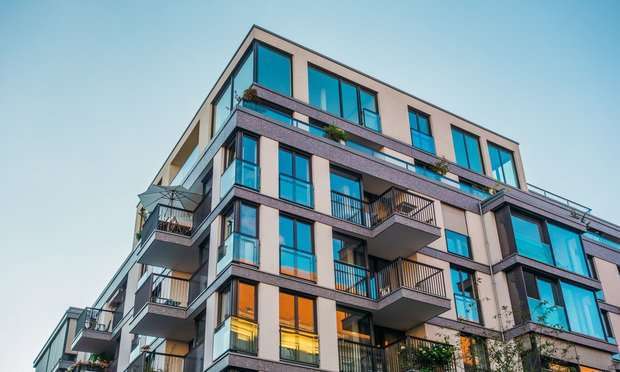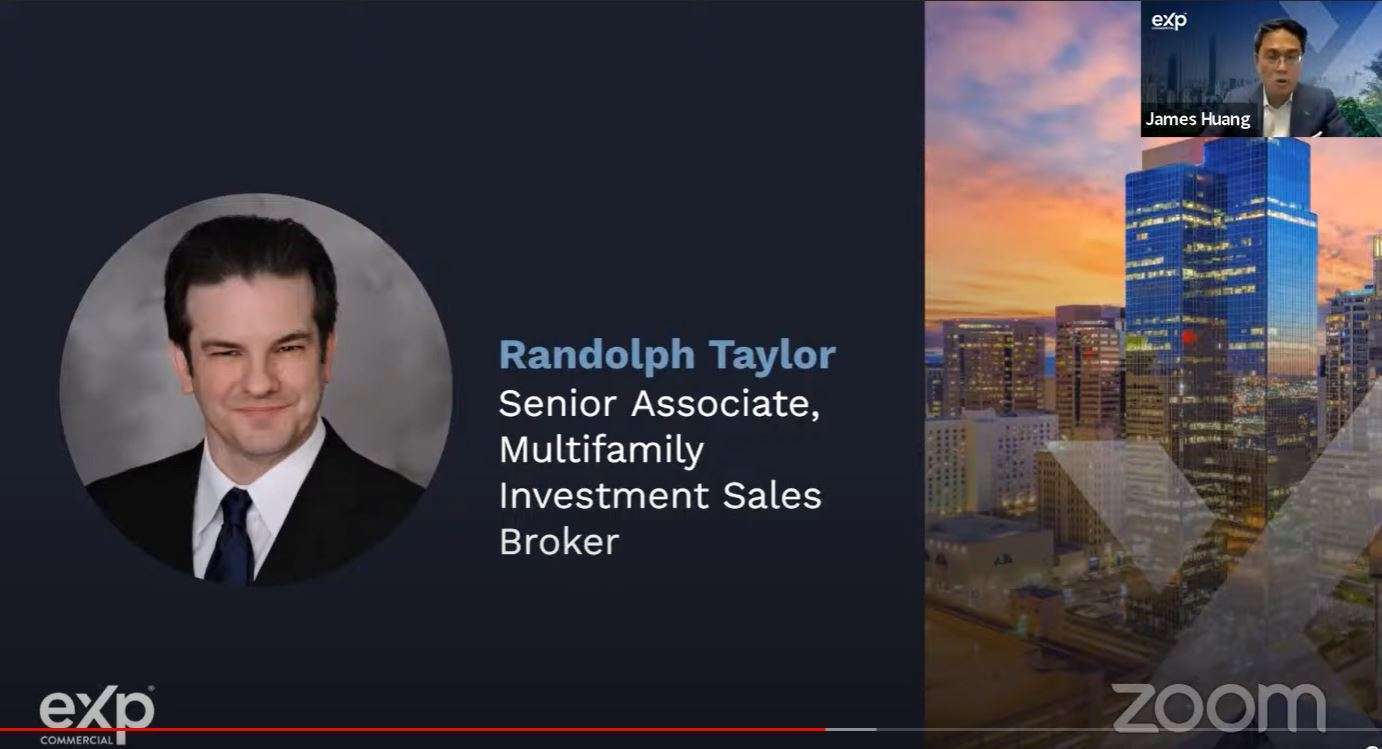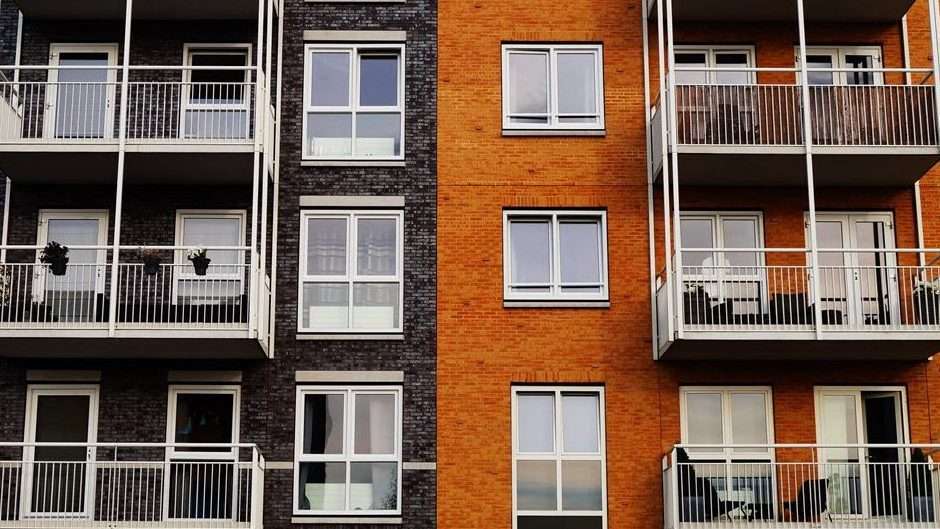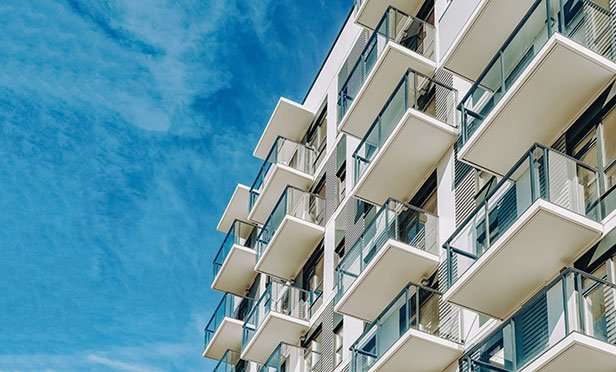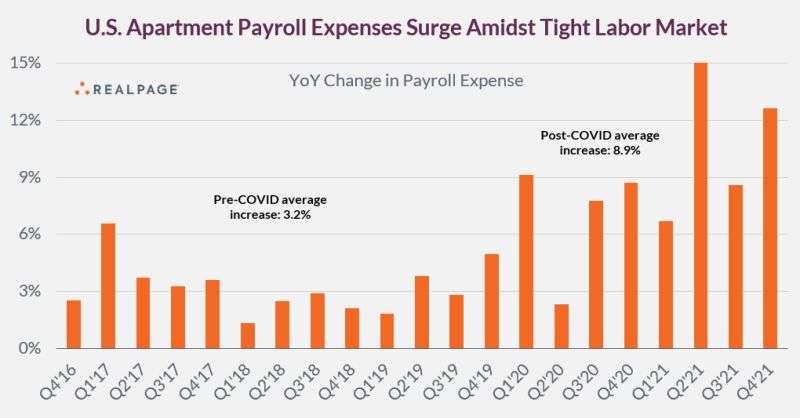Everybody loves a good comeback story, whether in sports, the entertainment industry, politics, or business. And there’s no bigger rental real estate comeback story in 2022 than that of the garden-style apartment – from both a new-build and investment perspective. According to Cushman & Wakefield, garden-style apartments had a $60 billion influx of capital in 2021, or 28% more than in 2017-2019, far outpacing other styles like suburban mid- and high-rises.
So, what exactly is driving this resurgence? Why now and not five years ago? To understand the present surge in garden-style rentals, we must first understand their past.
From Boom to Backburner
Garden-style apartments first rose to prominence stateside after WWI, influenced by England’s Garden City approach to urban development, which emphasized self-contained communities with lower-density residences, industry, and agriculture, plus green space, according to CUNY historian Joshua B. Freeman. One of the country’s earliest examples is Sunnyside Gardens, in Queens, New York.
By the late 1960s, garden-style apartments were the most popular style of rental option in the suburbs, according to Samuel Paul in his book
Apartments: Their Design and Construction, and remained popular through the 1970s and 1980s.
But as all commercial assets have their ups and downs, the suburban locales and low-rise architecture of garden-style apartments began to take a backseat from the ‘90s through 2020 as urban renewal took hold and developers followed renter demand to cities and suburban downtowns where walkability and density reigned supreme. From 2010-to 2020, Chicago’s Loop saw a 45% increase in residents and became not only the fastest-growing neighborhood in Chicago but the fastest-growing downtown in the country, per a report from the Chicago Loop Alliance.
The Roaring ‘20s
Then, the COVID-19 pandemic arrived and soon the same fundamentals that made garden-style apartments so attractive to renters 50 years ago, such as easy access to the outdoors and less density, suddenly became very in-demand once again. But unlike in decades past, today’s garden-style apartments are more likely to resemble their high-rise brethren with Class A amenities like resort-style pools, commercial-grade fitness centers, designer finishes, an in-unit washer and dryer, demonstration kitchens, coworking areas, and pet spas.
According to many of our clients, demand for garden-style suburban apartments has never been higher – whether building new or buying an older asset with long-term value.
One developer that’s bullish about this multifamily sector is Wingspan Development Group. No stranger to building Class A rentals in suburban downtowns, Wingspan has two active garden communities that even in their early stages are performing ahead of expectations.
Located near the intersection of U.S. 30 and Highway 126 in Plainfield, Illinois, about 40 miles southwest of Chicago, Sixteen30 consists of 284 units in eight garden-style buildings with neo-farmhouse exteriors surrounding a 7,500-square-foot clubhouse and pool, the social center of the community with its great room, coffee bar, fitness center with smart technology and cardio training, yoga studio, bocce court, demonstration kitchen, pet spa, and other luxe amenities. There is also a 24-hour package room. Stylish interiors that all demographics of renters have come to expect from new construction include 9-foot ceilings, vinyl plank flooring, kitchens with stainless, quartz, and ceramic tile backsplashes, space to work from home, and more.
Plainfield has experienced a steady rise in luxury single-family-home building in recent years, but not much Class-A rental – and there is a real appetite for it in the area, according to Chris Coleman, vice president of development for Wingspan. Demonstrating that demand, Sixteen30 surpassed the 30% leased milestone in just over three months and has waitlists for the next available buildings.
“With the rise of remote work allowing renters to work from anywhere, suburban living has become highly desirable, and we don’t see that slowing down anytime soon,” Coleman added. Chicago’s suburban rental occupancy rose from 95.3% to 97.8%, and median rents rose 12.6%, between Q3 2020 and Q3 2021, according to Integra Realty Resources. “The new work-from-home option has also prompted one of the biggest innovations in garden apartment design: creating coworking spaces in clubhouses, from shared tables and multiple scattered seating arrangements to dedicated private offices.”
Similarly, Wingspan’s Hub13, being built with Batson-Cook Development Company (BCDC) in Oak Creek, Wisconsin – just off Interstate 94 and near the Milwaukee airport – is one of the first Class-A rental communities in the area with resort-style amenities like a Zen Garden. It too has a highly curated amenity package for renters by choice, including immediate access to an adjacent 11.2-acre nature preserve and wetlands.
“That’s another change in recent years – how we’ve come to value outdoor space even more since the pandemic, for ourselves, families, and pets,” Coleman noted. “By design, garden-style apartments offer more access to green space than you find in a typical high-rise or even suburban downtown rental.”
Seconding Coleman’s stance on the uptick in low-rise apartments is McHugh Construction, one of the Midwest’s largest commercial contractors with a concentration in high-end multifamily projects.
“We’ve seen a lot of new bidding opportunities on low-rise apartment projects in the suburbs – certainly more than we saw pre-pandemic,” said Dave Bartolai, vice president of McHugh Construction. “Wood-framed apartment complexes are popular for wide-open land sites as well as stacked developments along Metra train lines.”
Illustrating the demand from investors for low-rise apartments, one community McHugh built-in 2017 for M&R Development – The Residences at Hamilton Lakes in Itasca, Illinois – recently sold to investor JVM Realty Corp. for $99 million in January 2022.
An upscale wood-framed garden-style apartment with 297 units in three four-story buildings centered around a clubhouse with resort-style amenities, The Residences at Hamilton Lakes offered “a perfect blend of luxury and location,” according to JVM.
Investors Smell Sweet Returns with Value-Add Opportunity in Garden-Style
Investor interest in vintage garden-style apartment rental properties with 100-plus units increase in popularity over the past two to three years, specifically in DuPage County. The population flight back to the suburbs from the city due to COVID-19 helped spur this interest among investors, he said, but there was already an appetite for these types of properties right before the pandemic started due to such things as the uncertainty over property tax escalation in Cook County.
There’s currently a great need for workforce/essential housing, especially in the suburbs. The garden-style apartment complexes built in the 1960s, ‘70s, and ‘80s are solid investments because they traditionally have very low vacancy rates due to the demand for affordable rents, which are typical for these types of buildings compared to newer construction luxury properties.
The garden-style properties also provide value-add opportunities, which is a huge draw for multifamily investors.
They want that value-add where they can go in and make upgrades to some of the units. The short-term costs of these capital improvements lend themselves to longer-term gains by being able to collect higher rents in the future and retain long-term tenants. The risk tolerance for investors is low.
And in February, Ellyn Crossing (formerly Stonegate Apartments), a 1,155-unit vintage garden-style property in Glendale Heights sold for $137 million, making it the biggest suburban Chicago apartment deal ever, according to Real Capital Analytics, a New York-based research firm.
Now that’s a comeback story.
